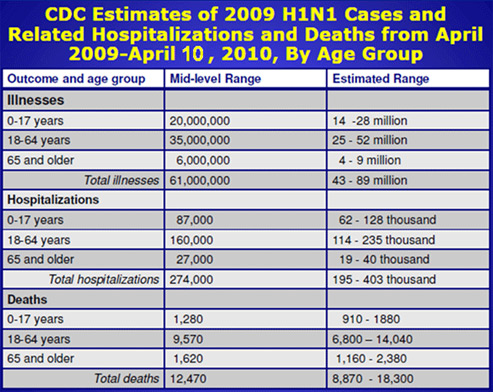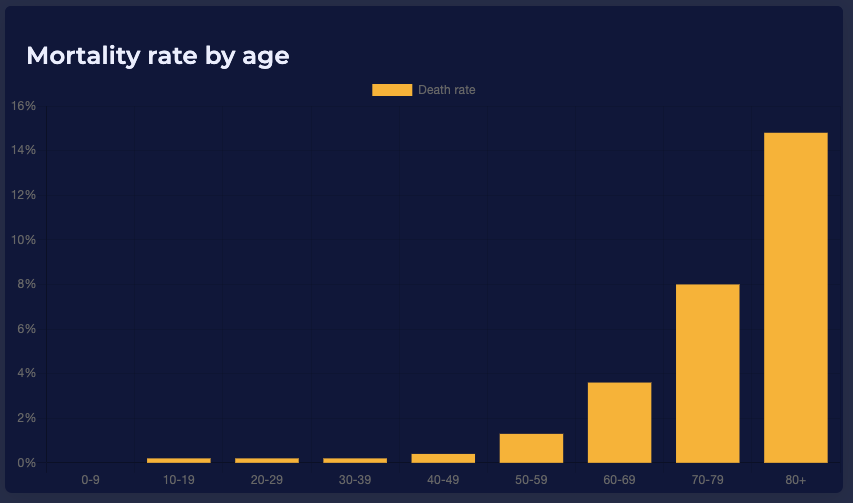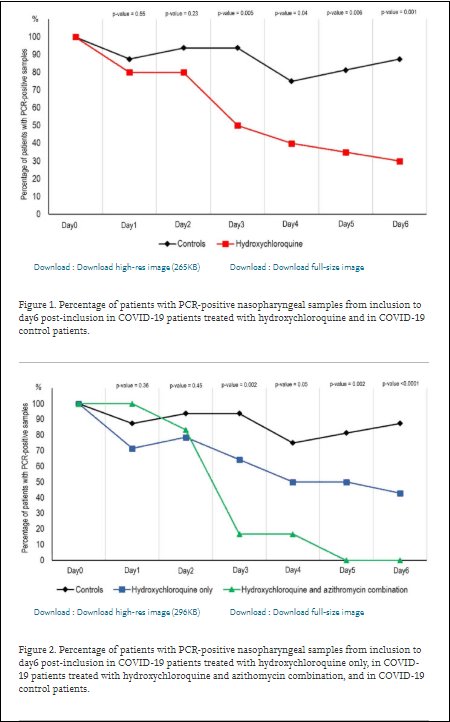Why Our Response to Coronavirus is Dangerously Stupid for the Economy and for Public Health


The accepted protocol by governments across the globe in responding to the novel coronavirus outbreak is to enforce social distancing for everyone and ensure that the spread of the disease is slowed down as much as possible to allow hospitals to prepare for the deluge of patients.
This is the heavy-handed approach China took after realizing the severity of the disease and it’s the approach most Western countries have taken as the disease ravages populations. But it is dangerously inept from an economic standpoint as well as a public health standpoint.
Dire Economic Costs
The result of the universal lockdown method is indeed reduced infections and of course deaths. But there is an economic cost. Stocks are crashing and some estimates put this scorched-earth policy by governments to increase unemployment to unprecedented levels since the Great Depression.
It is a financially costly approach and could ruin the world economy. And before you start with the straw man that you should care about people and not money, history has proved time and time again, robust, free-market economies can weather any emergency or crisis much better than restricted, command economies. Poor economies cost lives as well as wealth.
In addition, the US didn’t react like this to the H1N1 influenza pandemic and by most accounts that disease was just as bad as COVID-19. In at least one way it was much worse. Young and healthy people were being struck down and killed during the H1N1 pandemic, whereas that doesn’t seem to be the case for the novel coronavirus.

H1N1 was a much more convincing case for universal isolation, yet there was no major economic shutdown and we, as a society, weathered the storm just fine.
Public Health Flub
So, the economic cost is not trivial but the universal social distancing is also incompetent from a public health perspective.
By isolating everyone from each other, we are immediately reducing infections and deaths, but we’re also leaving much of the population vulnerable to the disease in the future. So whenever the elected officials decide to lift the bans on people interacting, we’re going to be in the same position we were in at the beginning of the outbreak with high infections and hospitalizations. This protocol is basically just kicking the can down the road.
We’re already seeing reports of a second outbreak of coronavirus in China as people return from abroad with the disease after the country had initially thought the outbreak was under control.
Alternatively, they could extend the social isolation until there is an new vaccine to force on everyone, which would present us with more legal, ethical, and health problems, or until the disease is completely eradicated (which is not guaranteed).
Each of these scenarios is disastrous for the economy and public health.
An Actual Solution
The best solution is what the UK was doing until it succumbed to international pressure to start universal quarantine.
Given what we know of COVID-19, it affects elderly with chronic health conditions much worse than younger patients. Current data show a case fatality rate (CFR) of people aged 80 and over at 14.8. On the other hand, no one under 10 has died from the disease. It is estimated that millions of people have caught the virus but not shown symptoms.

The CFRs are likely to go down, but COVID-19 is clearly ageist.
That being the case, the only sensible way to limit the damage this disease will do is to isolate just the high-risk populations for several weeks and let everyone else go about their normal business, spreading wealth and, more importantly, spreading the disease.
As David Katz writes:
The clustering of complications and death from Covid-19 among the elderly and chronically ill, but not children (there have been only very rare deaths in children), suggests that we could achieve the crucial goals of social distancing — saving lives and not overwhelming our medical system — by preferentially protecting the medically frail and those over age 60, and in particular those over 70 and 80, from exposure.
While many people will get sick, most will not and eventually all will gain a lasting immunity to the disease, which would provide a true herd immunity for the high-risk population after they are reintroduced into the population.
The high-risk elderly are typically not driving the economy and many are home-bound anyway. The shift to isolate them from the general population would be difficult but not nearly as difficult as making everyone in the country stay at home. And there would only be a fraction of the loss of jobs and economic impact from such an isolation.
This would buy us time to develop or discover life-saving treatments that work for this disease. The combination of anti-malarial drug hydroxychloroquine and antibiotic azithromycin or intravenous vitamin C show promise but there needs to be a national right to try policy for this disease if we are to really save lives.

It’s possible some people in power just want a prolonged economic shutdown or a chance to increase their power. As Rahm Emanuel said, “Never let a good crisis go to waste.” But the solution that these bureaucrats have enacted is not a solution at all. It’s a delay of the inevitable. It may help in the short term but may end up doing more long-term damage to society than even doing nothing. A much better and sustainable solution would be to isolate only high-risk populations and allow—even promote—the spread of the disease in everyone else.







